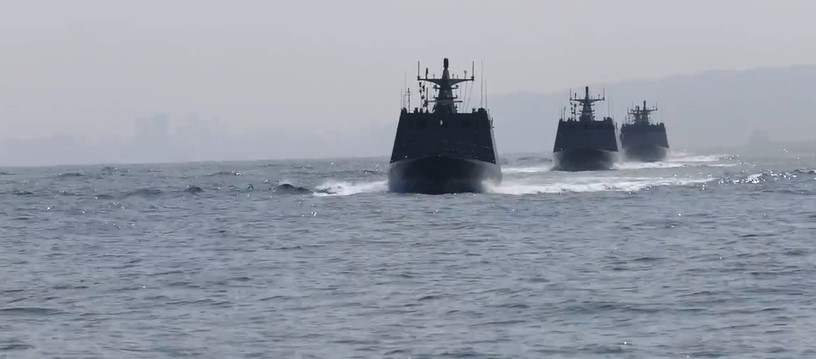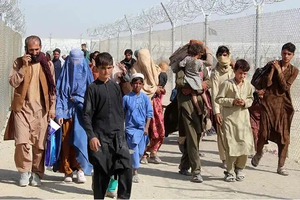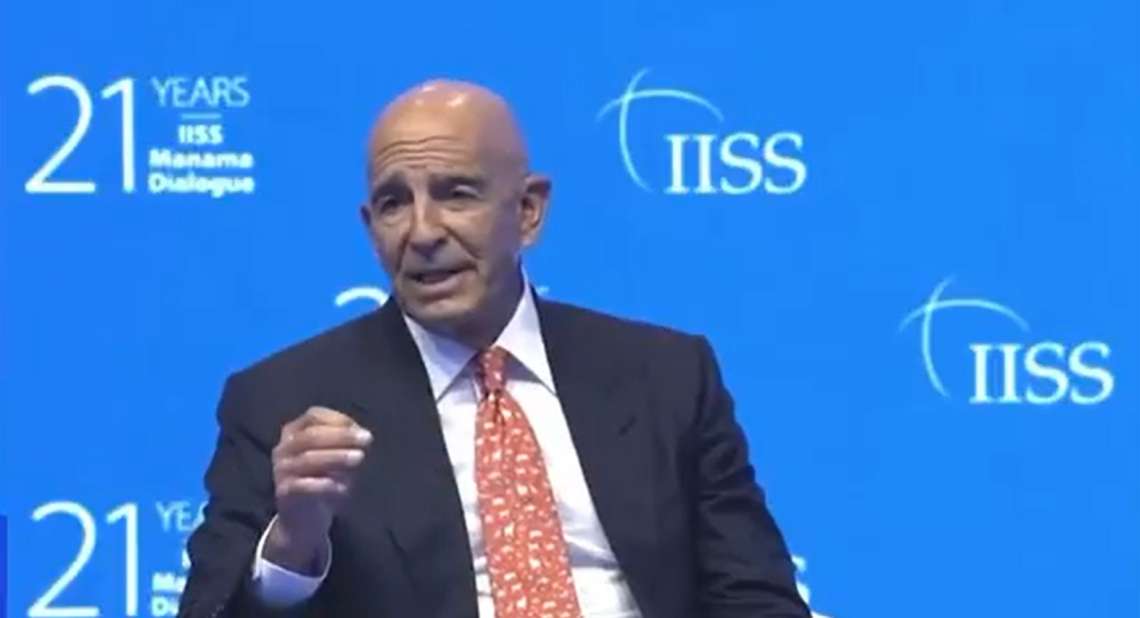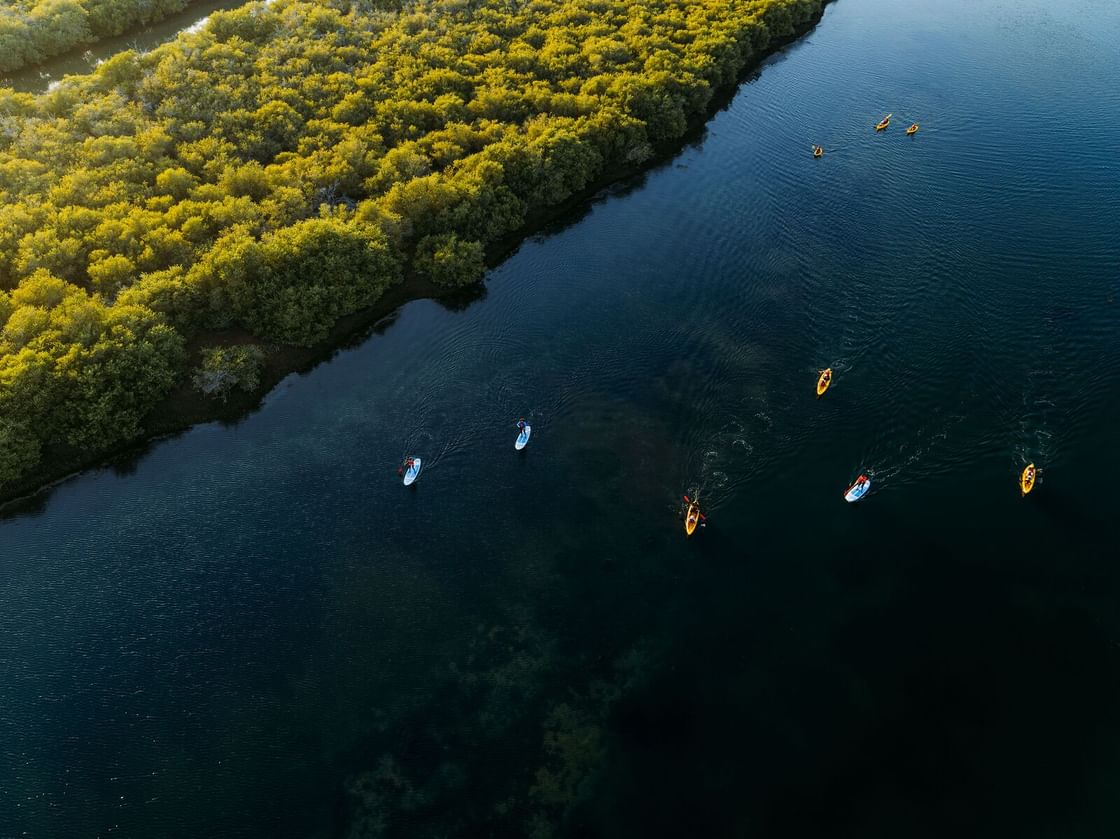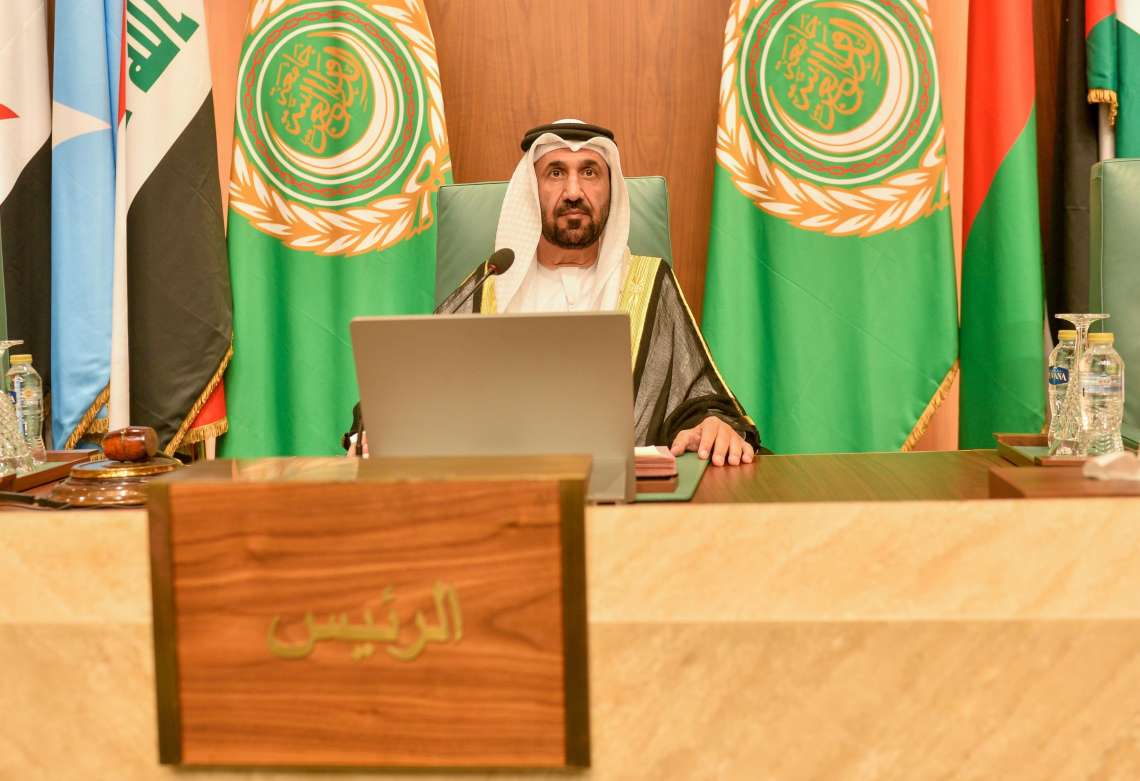Afghanistan is a major front in the effort by the Sino-Wahhabi alliance to drain away credibility and morale within institutions such as the Quad, writes Prof. Madhav Nalapat
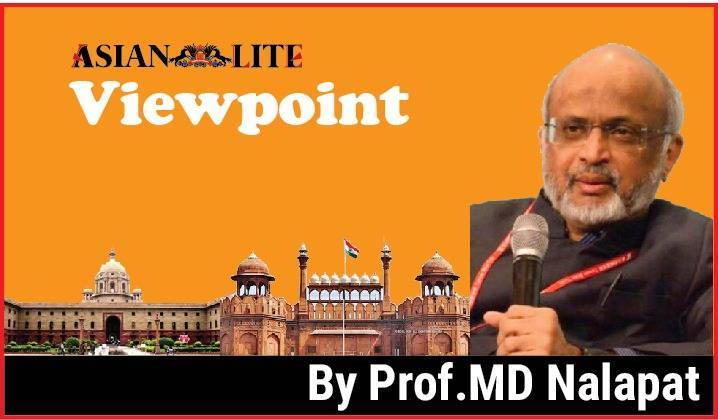
A kilo of action is worth more than a ton of words, and thus far, while words have continued to flow from those in Atlantic Alliance states, who consigned the people of Afghanistan into a medieval hell, efforts at putting such noble intentions into practice have been zero. The only parts of Afghanistan where women and non-radicals remain safe are in locations where the Taliban have failed to establish a foothold.
The greater the influence and control of different factions of the Taliban in a given place, the less the values and practices claimed to be championed by the more preachy among NATO member-states. This has not blocked the steady empowerment of the more toxic elements of the Taliban through “humanitarian assistance”, of course channelled through Pakistan. This has once again given GHQ Rawalpindi (and its PLA boosters) the ability to promote those loyal to them and obedient to their wishes, while depriving others of any “humanitarian” succour. Not that this fact is unknown to the countries doling out such “assistance”.
Those in charge know that money and materiel funnelled through Pakistan will end up with those elements who have made a living out of violence to their fellow human beings. What is paid is protection money, a bribe that it is hoped will stop radicals from putting at risk the lives of those citizens of NATO member-states who are still in Afghanistan. In reality, the degree of protection is less than strong, for the reason that more and more of the feisty younger elements in the Taliban are no longer responsive to the commands coming from the older leadership, especially those known to be following the dictates of the Sino-Pakistan alliance.
Pashtuns across both sides of the (defunct since 1992) Durand Line are a proud people, who have long chafed under the overbearing approach adopted by either Middle Eastern paymasters or commanders in the Pakistan army, which institution remains firmly in the control of those from the northern and western parts of Pakistan Punjab. This includes the territory from which those belonging to the Hindu and Sikh minorities have been expelled, where they have not been killed or made to change the faith they were born in.
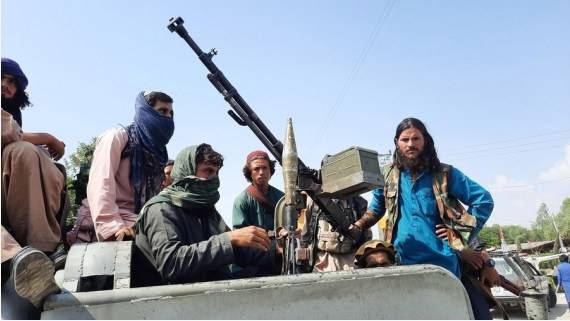
OLD TALIBAN VS YOUNG TALIBAN
There is a widening gap within the collective known as the Taliban between the older leadership and the much young cadre that has been formed ever since the US and its coalition partners openly flaunted the degree of control they had over the governance institutions formed in Afghanistan since the 2001 collapse of the Taliban at the hands of the Northern Alliance assisted by US logistical (but not troop) support. NATO commanders believed that their own troops on the ground were the primary solution to the problem of keeping extremists away from Afghanistan, unwilling to admit (a) that the hyper-emphasis on force protection severely limited the tactical choices essential towards the defeat of enemy combatants, and that (b) ground and air attacks on the wrong targets (a consequence of relying on the Pakistan military for much of the intelligence input) boosted the ranks of those seeking to resist what they saw as just another foreign invasion of their country, and this after they had driven away the Soviet forces by 1989.
Frequent contact with the (overwhelmingly non-Pashtun) officers and men of the Pakistan army combined with the overbearing attitude of the latter to creating a mistrust (and often raw hatred) of Pakistan that is present not just in Afghan civil society in general but also in the ranks of the Taliban. This collective is split
ALSO READ: Taliban to enforce gender segregation in universities
into six groups, two of which function under the control of the Pakistan army, while another is dominated by those in financial servitude to the PLA, the top ranks of which have a decisive say within the Pakistan military as well.
It would be imprecise to even attempt to put numerical values on the strength of the six factions (including the three that are independent of the GHQ-PLA alliance). What can be said is that the ranks of the three factions controlled by the GHQ-PLA alliance are much smaller (and have a much higher average age) than the three factions that are resentful of the manner in which the Taliban are being sought to be controlled by GHQ Rawalpindi and the PLA through the Central Military Commission in Beijing, which has since 2017 come within the control of CCP General Secretary Xi Jinping, who is in many ways as organisationally powerful a leader as Chairman Mao was.

CHINESE YOUTHS ALARMED BY XI
Perhaps inconveniently for Xi, China has changed since the period when Mao was alive, and the Chairman’s efforts at becoming another anti-elitist leader is going against the sentiments of several young citizens of the PRC, who aspire to the “good life” represented by material success. In other words, the lifestyle that was placed as the centrepi
ece of party policy by Paramount Leader Deng Xiaoping from 1978 onwards, and which remained in place until 2012, when Xi Jinping took over as General Secretary of China’s ruling party.
Whether in the state owned or private sector, those in charge have felt the whiplash of the anti-elitist moves of Xi. These may be earning the party supremo cheers from the six hundred million who feel short-changed by the manner in which the PRC has developed since the 1980s, but is being viewed with alarm and resentment by the middle classes and much of the youth. While political activity (except in support of the CCP) was discouraged, a range of actions was freed of state oversight, thereby giving nearly four hundred million citizens of the PRC freedom of choice that had been absent during the period when Chairman Mao was running the country.
More than 85% of the prosperity of China is because of this segment of the overall population, and it remains an open question whether the attempted return to the Mao-era lifestyle will affect the PRC economy adversely or not. Orders such as restricting online gaming to three hours during weekends for the young, or the authorities going after popular movie stars and singers may cause tensions in Chinese society that for decades had been largely absent, despite the continuing monopoly of control by the Chinese Communist Party (CCP). General Secretary Xi seeks to mould a nation in the image of Sparta, a collective of fighters who obey Victorian rules of morality.
From elementary school onwards, the effort is to groom a generation of citizens who will (a) be respectful and obedient to the dictates of the CCP leadership and its subordinates, and (b) embrace in word and deed the goal of Xi Jinping Thought, which is to enshrine China as the centre point of global geopolitical gravity. It is an ambitious task, and to further its progress, Xi has intensified cooperation not only with the Pakistan military but with Wahhabi dispensations and groups across different regions, of course excepting those within his own country. Xi sees in the Wahhabis an ideology and force that is hostile to the Atlantic Alliance, the importance of which in world affairs which Xi Jinping is seeking to reduce to a level such that it would not pose any challenge to the primacy of China (aided by its allies) across the Indo-Pacific and subsequently the Atlantic
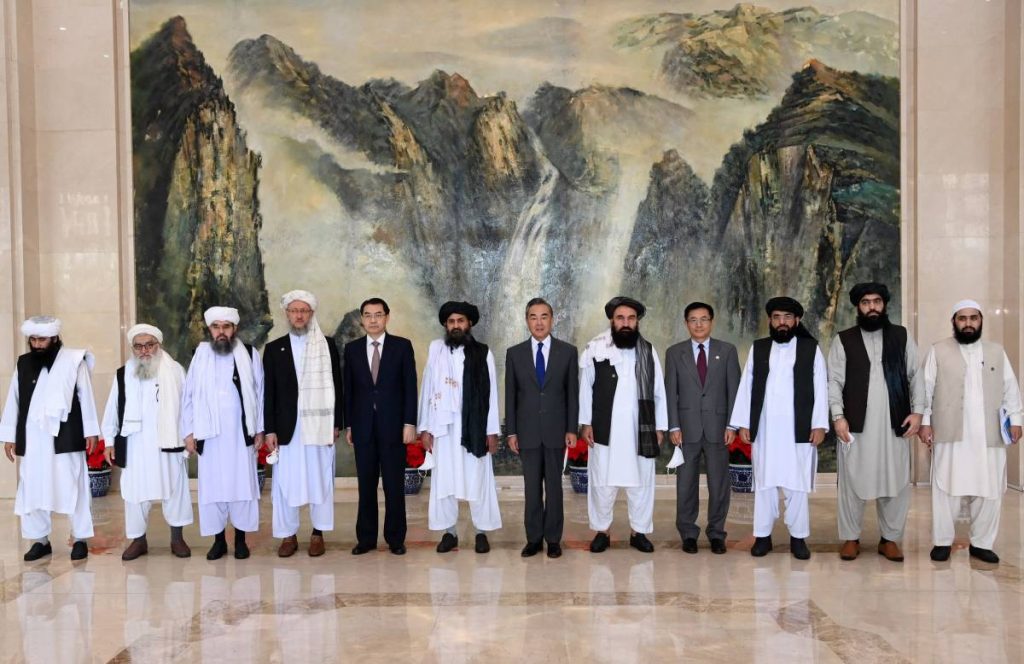
TALIBAN VICTORY EMBOLDENS XI
What may be termed the “Creamy Layer” within the Taliban (mostly comprising of the ageing agents of the Sino-Pakistan alliance) is anxious for the opening of the sluice gates of financial assistance from NATO member-states. At present, such handouts are a trickle and are essentially ransom money, paid through the Pakistan army in order to try and ensure safe passage for the hundreds of NATO citizens still stranded within Afghanistan.
The problem is that the younger elements in the Taliban collective regard such individuals as human shields who ensure that there will not be any resumption of the bombing raids that the Taliban fear most from the NATO powers. Although US Secretary of State Antony Blinken may not have received information about the manner in which US citizens and Afghan employees of the former US mission are being prevented from leaving airports across Afghanistan, this is what has been taking place. The older “leadership” elements of the Taliban may have had some control over those under them during 1996-2001, but not anymore. In particular, they are regarded with contempt for their obsequious behaviour towards not just Pakistan but China.
ALSO READ: Taliban Return To Old Terror Tactics – Beheads Soldier
It was not a surprise that GHQ Rawalpindi involved its forces in the battle over segments of the Panjshir mountain region. Billions of US dollars are at stake, given that elements (most technically retired) of the Pakistan army control the Af-Pak narcotics trade. The military is also looking at securing the role of middleman in ensuring that the PRC gains access to the mineral riches of Afghanistan. They seek to convert Afghanistan into another Balochistan, a colonised country from where riches get drained away, mostly into China. CCP General Secretary Xi Jinping looks upon the Pakistan army as a trustworthy conduit for such exploitation of the mineral wealth of Afghanistan, and has wagered all his cards on this bet.
What is helping boost the confidence of Xi is the fearful response of key NATO member-states, who are competing with each other in their attempt to curry favour with GHQ Rawalpindi and the Taliban, including through cash assistance. The sequence of events that has taken place in the Af-Pak region since the surrender to the Taliban by President Trump at Doha in 2020 has emboldened those close to General Secretary Xi, who have therefore intensified PLA-centric harassment of Taiwan and instituted even harsher measures to neutralise dissenting elements in Hong Kong, Xinjiang, Tibet and restive zones across China.
The ripple effects of the manner of President Biden’s scampering at speed from the Afghanistan theatre are becoming waves that, unless action countering this is not initiated, have the potential of becoming a tsunami that can severely damage security interests of the US, the EU and those countries active in efforts to ensure that the Indo-Pacific remains free and open to all rather than be monopolised by a single country.

BEIJING PURSUES CREEPING ANNEXATION
Among the measures taken by Beijing to push forward its creeping annexation of land, air and sea space is the declaration that all vessels entering waters that are part of the global commons but which has been claimed by China need prior permission before such transit. Should this command be complied with, rather than ignored as ought to be the case, the countries making such a concession will be identified as soft targets for further active measures designed to lash them firmly to the political and economic interests of the CCP leadership.
In the 1990s, the present writer had pointed out that when the era of single male children monopolising the leadership of the CCP comes about, the risk of an aggressive, assertive stance by the PRC would rise substantially. This is what has happened under Xi Jinping’s watch, and thus far, the international fightback has been nowhere close to the degree needed to convince the leadership in Beijing of the dangers to themselves of the high-risk strategy that they have adopted since 2012 in their hunt for global primacy. Given the hyper-centralised mode of governance adopted by Xi Jinping, there appears to be a tendency in Beijing to underplay the fact that the governance system in the US (or in other major democracies) does not hinge on just the apex of the system in the manner that it now does in China.
While President Biden has miscalculated substantially in his decisions on Afghanistan, thereby doing severe harm to his own viability as an effective Commander-in-Chief, the presence of multiple nodes of authority in the US (such as industry, civil society, the media, opposition parties and others) results in far less damage being done to the overall societal structure in the US from such Presidential blunders than would be the case in the PRC, were Xi Jinping to make a policy error of similar magnitude. GHQ Rawalpindi has sought to disseminate the impression within its “iron” friends in Beijing that the Afghanistan fiasco has damaged the US sufficiently to give extra headway towards efforts by the Sino-Pakistan alliance to weaken US partners such as India and establish as strong a degree of control over Afghanistan as is the case in Balochistan.
The difficulty is that the mechanism of Afghan society is no longer tolerant of groups such as the Taliban, and resistance to that collective and to its outside supporters will grow in the months ahead. The swagger in Afghan cities of officers belonging to GHQ Rawalpindi has caused tensions within Afghan society unhappy at the extent of control that the Sino-Pakistan alliance has over several senior members of the Taliban. Across both sides of the Durand Line, the conviction is growing that if the US military could be sent packing from Afghanistan, would it be an impossible task to do likewise to the Pakistan army in the Pashtun territories across both sides of the Durand Line? Not just the global terrorist network but its antidote, the resistance to efforts by GHQ and its agents in the Taliban, is growing as well.

INDIA MUST LEAD
External Affairs Minister S. Jaishankar needs to visit Uzbekistan and Tajikistan in the light of recent events. Both powers understand (although not overtly) that the US-facilitated re-entry of the Taliban into Kabul presents an existential threat to their own security interests. A coordination of effort needs to be made to ensure that the Tajik, Uzbek, Hazara and other communities at risk in a Taliban-ruled Afghanistan are protected. The Resistance Movement concentrated within the Panjshir mountains needs help rather than remain ignored, as has been the case thus far.
Those in the US and elsewhere are wrong who believe that the Af-Pak situation is unrelated to the broader effort to keep the Indo-Pacific free and open. Afghanistan is a major front in the effort by the Sino-Wahhabi alliance to drain away credibility and morale within institutions such as the Quad. And yet the situation within that country and the Pashtun areas to the south of the Durand Line are fraught with fissures that have the potential to embroil the GHQ-PLA alliance in a situation similar to that faced by the USSR in Afghanistan in the 1980s.
What is required from India is leadership in cobbling together an alliance of countries and interests that seek to prevent extremist influence from spreading, and which are opposed to efforts at making large chunks of the territory of other countries or which form part of the global commons into the exclusive zone of primacy-seeking powers. The time for speaking out may not yet have arrived, but a “Wait and Watch” approach on the part of India has passed its expiry date. Intensive efforts are needed to prevent the waves of extremism linked to attempts at primacy from developing into a tsunami that can endanger the future of populations across continents, and as a consequence of the apparent abdication of responsible leadership by President Biden, the need is for Prime Minister Modi to pick up the baton. Silently but firmly.



